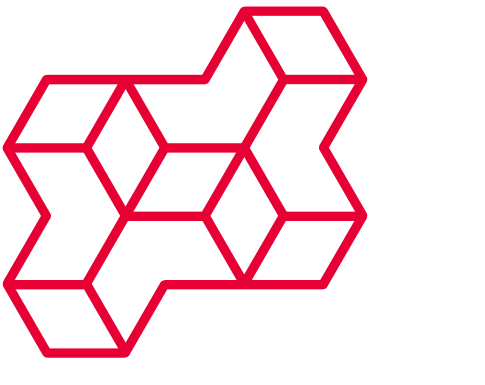The development of new drugs and therapies for medicine requires detailed knowledge of the metabolism of the organism under investigation. Metabolism also provides important information in cancer diagnostics. However, the calssical methods such as computer tomography or histological staining techniques only depict the anatomy or provide only partial information about the metabolism. The complete metabolism information, on the other hand, is contained in the organism's complete protein spectrum, which can be determined using mass spectrometry procedures. However, the classical mass spectrometry methods do not contain any information about the spatial distribution of the proteins.
Almost ten years ago, the development of the so-called MALDI technique ("Matrix-Assisted Laser Desorption/Ionisation") was a decisive step towards developing mass spectrometry into a 2D imaging method: This technique made it possible to mark individual tissue sites with high precision and to record the corresponding mass spectrum. With this MALDI imaging technique, spatially two-dimensionally resolved information about the protein structure in individual tissue sections is obtained for the first time and thus detailed spatial information about metabolism.
The resulting data set contains several spectra and the processing requires highly specialised, automated visualisation and evaluation routines. Together with the industrial partner Bruker Daltonik GmbH, the Centre for Industrial Mathematics has already developed and applied for a patent for a method that divides the 2D section into segments in which similar metabolic processes take place. This makes it possible to identify proteins in the tissue and to take them into account in cancer diagnosis. The essential step of the developed method is noise reduction taking into account local information - a mathematical method of morphological image processing.
In this project, the aim is to go one step further: In close cooperation with the partners, technical process chains are currently being developed to advance the previous 2D MALDI technique to a 3D imaging method. This will make it possible to capture and analyse the protein spectrum of an entire organ or an entire disease-related lesion in its full complexity. This would allow, for example, important clinical oncological questions to be researched directly in organs and tissues, which require the context of the highly complex (heterogeneous) 3D tissue association. These include the distribution and metabolisation of active substances in the typically very complex, pathologically altered tissues (e.g. tumours) and the directly related therapy response, which could be analysed in systems biology for the first time directly in organs and tissues using a 3D MALDI imaging method.
Due to the additional third spatial dimension, 3D MALDI imaging produces big data sets. Although a pure representation of the metabolic 3D information is of high complexity as a technical problem, it is still not very meaningful in itself from a diagnostic point of view. Only the linking of the metabolic 3D MALDI data with three-dimensional, anatomical information (e.g. with computer tomography data) allows a meaningful evaluation of these complex data. The task of overlaying both sets of volume data generated by these different imaging techniques underlies the problem of image registration. The result will be a high-dimensional image that combines the information from both imaging techniques, i.e. visualises both metabolism and anatomy.

